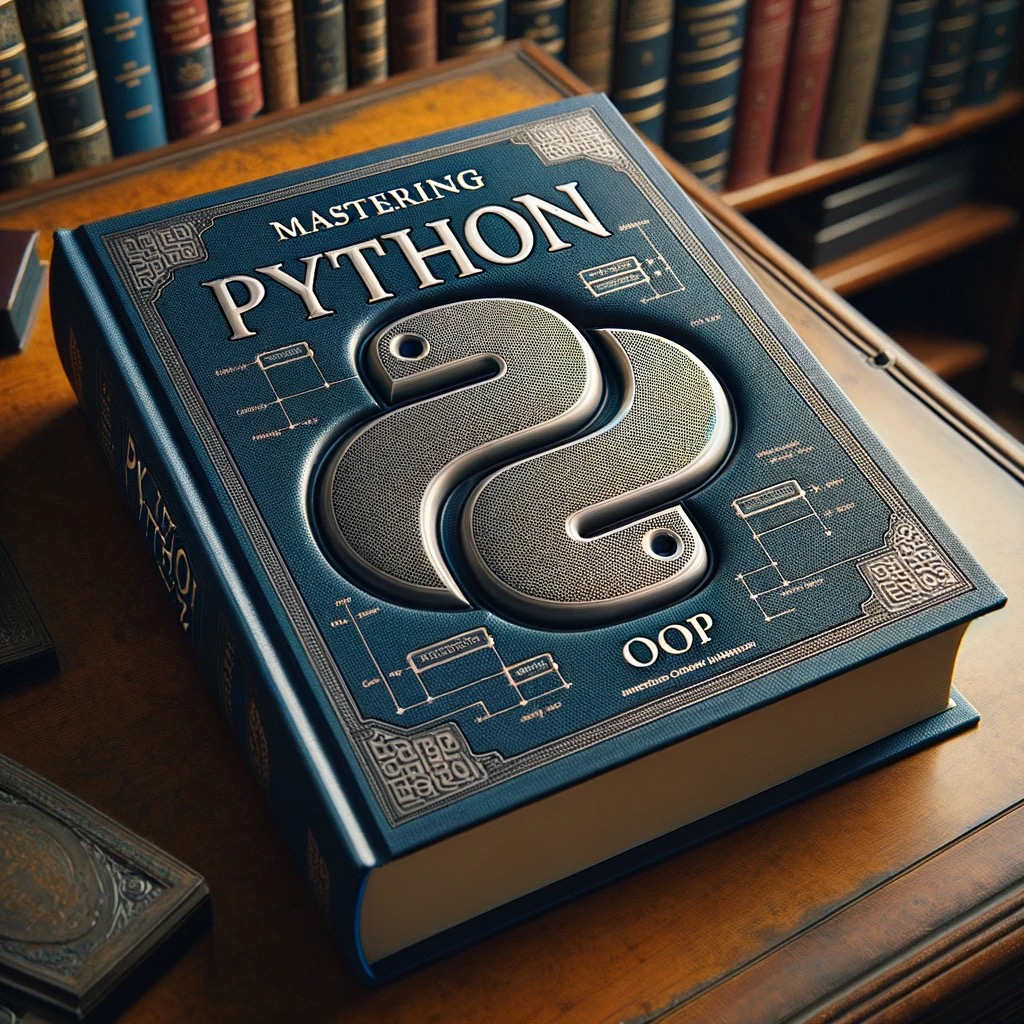Python OOP Course
Welcome to Our Intermediate Python OOP Tutorial
In this series, we’ll delve deep into Object-Oriented Programming (OOP) concepts using Python. Below you’ll find a comprehensive table of contents designed to guide you through the various facets of OOP. By the end of this tutorial, we hope to provide you with a thorough understanding of OOP principles and their application in Python.
Tutorial Index: Intermediate Python OOP
1. Introduction
- 1.1 Recap of Basic OOP Concepts
- 1.2 Objectives of the Intermediate Level
- 1.3 Setting Up the Development Environment
2. Deep Dive into Classes and Objects
- 2.1 Advanced Class Attributes
- 2.1.1 Class Attributes vs. Instance Attributes
- 2.1.2 Using @property
- 2.2 Advanced Methods
- 2.2.1 Class Methods
- 2.2.2 Static Methods
- 2.3 Understanding
__init__and__new__ - 2.4 Handling Object Deletion with
__del__
3. Inheritance and Polymorphism
- 3.1 Deep Dive into Inheritance
- 3.1.1 Overriding Methods
- 3.1.2 The
super()Function - 3.1.3 Multiple Inheritance
- 3.2 Advanced Polymorphism
- 3.2.1 Operator Overloading
- 3.2.2 Method Overloading
4. Encapsulation and Abstraction
- 4.1 Advanced Encapsulation
- 4.1.1 Name Mangling
- 4.1.2 Using @property for Getter and Setter
- 4.2 Implementing Abstraction
- 4.2.1 Abstract Classes
- 4.2.2 Abstract Methods
5. Design Patterns in OOP
- 5.1 Understanding Design Patterns
- 5.2 Singleton Pattern
- 5.3 Factory Pattern
- 5.4 Observer Pattern
6. Error Handling and Exceptions in OOP
- 6.1 Custom Exception Classes
- 6.2 Handling Exceptions in OOP
- 6.3 Raising Exceptions in Methods
7. Best Practices and Tips for OOP in Python
- 7.1 Writing Clean and Maintainable Code
- 7.2 Performance Considerations
- 7.3 Tips for Effective OOP
8. Practical Examples and Projects
- 8.1 Building a Command-Line Application
- 8.2 Developing a Simple Web Application with Flask
- 8.3 Creating a Game with Pygame
9. Conclusion and Further Resources
- 9.1 Summary of Key Takeaways
- 9.2 Additional Resources for Learning
- 9.3 Next Steps in Python OOP


